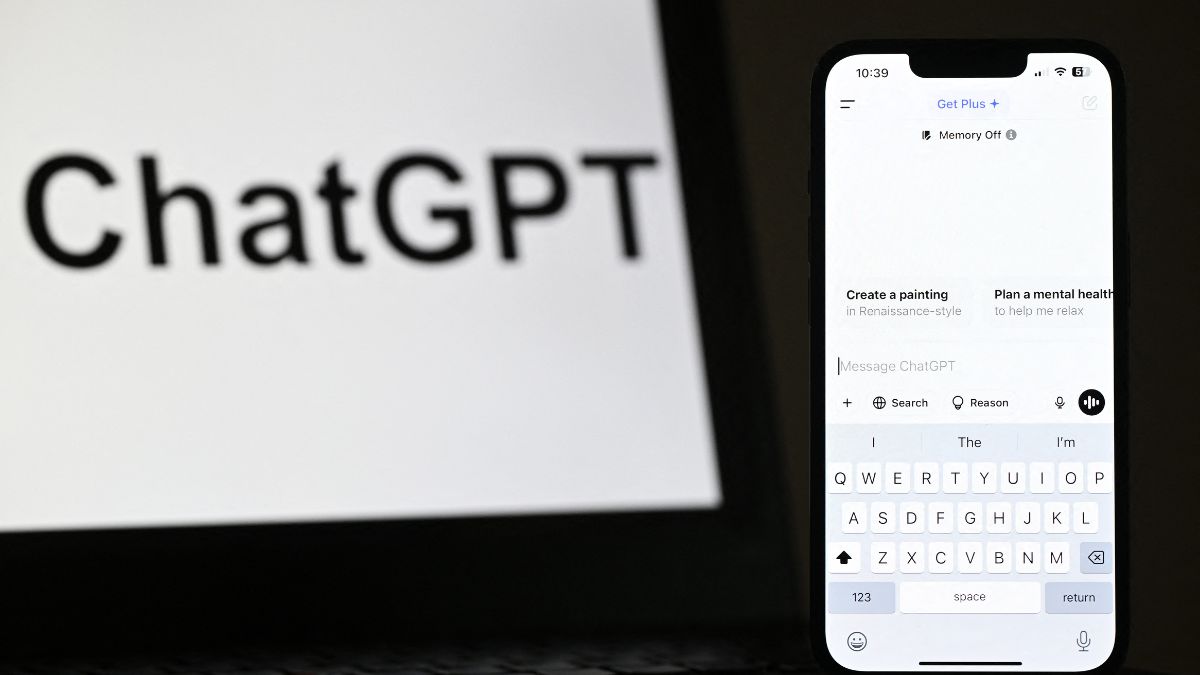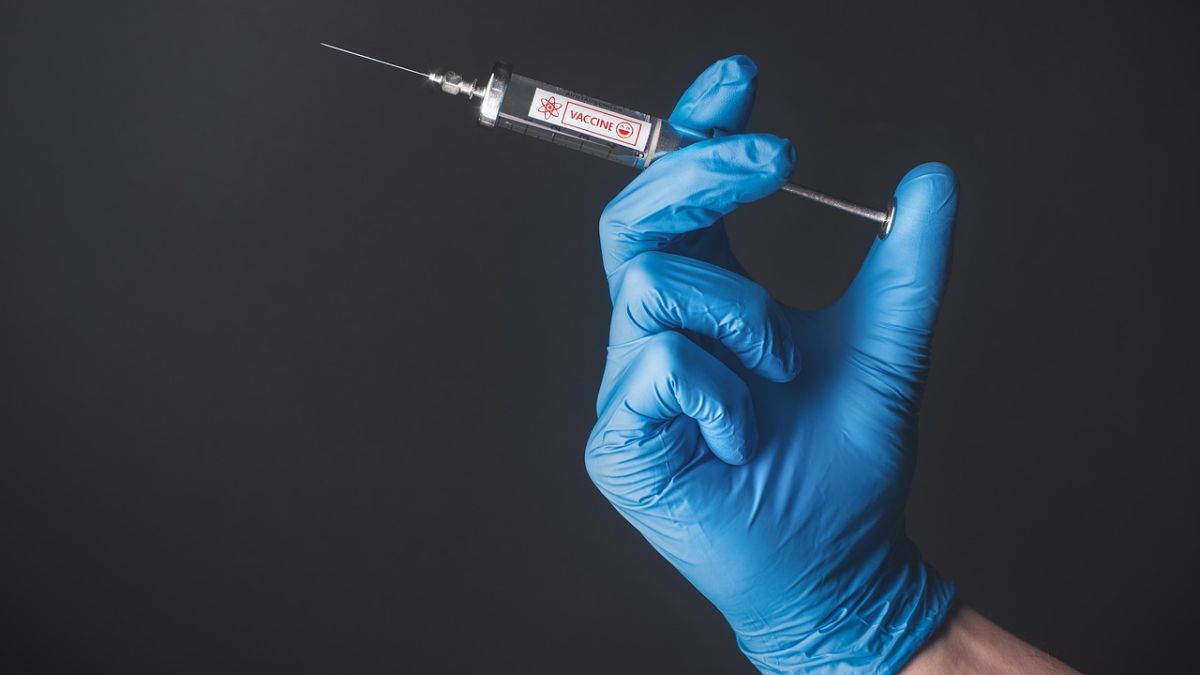Seeking dietary advice from artificial intelligence (AI) proved costly for a 60-year-old man. According to a US medical journal, the man developed a rare condition after he consulted ChatGPT about removing table salt from his diet.
An article published in the Annals of Internal Medicine on August 5 warned against using ChatGPT for health information, citing this case. The man was diagnosed with bromism after he switched table salt for sodium bromide for three months.
Let’s take a closer look.
What is bromism?
Bromism, also known as bromide toxicity, is a syndrome that results from chronic overexposure to the chemical compound bromide or bromine.
The “toxidrome”, a syndrome caused by an accumulation of toxins, can trigger several neurological, psychiatric and digestive symptoms. It can lead to psychosis, agitation, mania and delusions, as well as issues with memory, thinking and muscle coordination, as per Live Science.
Bromide was widely used in prescription and over-the-counter (OTC) drugs, including sedatives, in the 19th and 20th centuries. However, over time, it came to be known that chronic exposure to the chemical compound caused bromism.
In the 1970s and 1980s, US regulators removed several forms of bromide from OTC medicines, including sodium bromide. The cases of bromide toxicity dropped significantly after this. The condition remains quite rare today.
How man got bromism after ChatGPT advice
A man, worried about the health risks of sodium chloride, or table salt, consulted ChatGPT about removing it from his diet. He then replaced table salt with sodium bromide, which was responsible for almost one in 10 psychiatric admissions in the early 20th century, as per The Guardian. He purchased sodium bromide online and consumed it for three months.
He made the switch even after reading that “chloride can be swapped with bromide, though likely for other purposes, such as cleaning”.
The authors wrote that the man went to a hospital and claimed that his neighbour might be poisoning him.
Editor’s Picks
He initially did not admit to taking any medications, including supplements, but later said that he had several dietary restrictions. The man said he distilled his water at home, as per the paper.
Despite being thirsty, the bromism patient was observed as being paranoid about the water he was offered.
“In the first 24 hours of admission, he expressed increasing paranoia and auditory and visual hallucinations, which, after attempting to escape, resulted in an involuntary psychiatric hold for grave disability,” the authors wrote.
Once the patient became stable, he reported several other symptoms of bromism, including facial acne, excessive thirst and insomnia.
After three weeks, he was discharged from the hospital.
What did ChatGPT tell the man?
The article’s authors, from the University of Washington in Seattle, said the case showed “how the use of artificial intelligence can potentially contribute to the development of preventable adverse health outcomes”.
They said they could not get the patient’s ChatGPT conversation log, so it was not possible to know what advice the man received.
The authors also consulted ChatGPT, asking what chloride could be replaced with. The response also included bromide, without providing a specific health warning or asking the authors why they were seeking such information – “as we presume a medical professional would do”, they wrote.
The article warned that ChatGPT and other AI apps could “generate scientific inaccuracies, lack the ability to critically discuss results, and ultimately fuel the spread of misinformation”.
The US journal article said the patient seemed to have used an earlier version of ChatGPT.
OpenAI, the developer of ChatGPT, recently launched an updated GPT-5-powered version of the chatbot. It claimed the bot will provide better health-related responses and be more proactive at “flagging potential concerns”, such as serious physical or mental illness.
However, the company emphasised that ChatGPT is not a substitute for professional help. Ita also underlined its own guidelines that state it is not “intended for use in the diagnosis or treatment of any health condition.”
With inputs from agencies
End of Article

)
)
